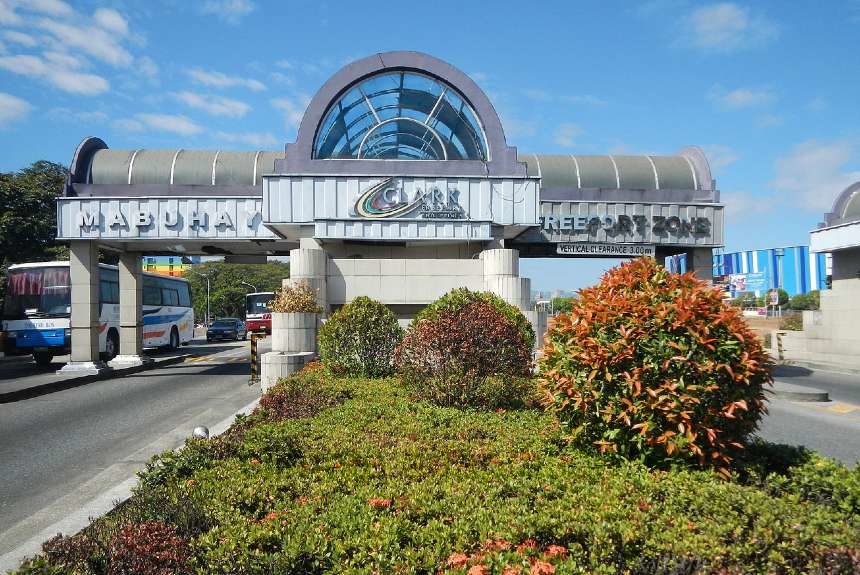The Philippines is one of the most disaster-prone areas in the world. Every year, an average of 20 typhoons visit the country, causing landslides and flooding that damage infrastructure and residences and cause loss of life.
Manila, the capital, is densely populated and known for its traffic jams and heavy congestion. Eighty kilometres north of the nation’s capital is the Clark Air Base, a former US military facility used from 1903 to 1991 that presently hosts the Philippine Air Force.
The area is visualised as becoming a sustainable and climate change-resilient city, one with open green spaces and wide, tree-shaded sidewalks that are comfortable and safe for people to walk on.
The New Clark City will be an antithesis to Metro Manila, which is densely populated, traffic-stricken, and has narrow sidewalks that are too risky to walk at night. The area is also more elevated and away from earthquake fault lines.
According to Arnel Casanova, former chief of the Bases Conversion Development Authority (BCDA), when he pitched the project in 2012, some government officials dismissed the whole thing as ‘crazy’. A decade later, his vision makes a lot of sense if one considers the billions of pesos lost every day due to traffic congestion in Metro Manila.
The New Clark City will sit on 9,450 hectares of land in Capas Tarlac. Still, only a third of the land will be developed into a mixed-use township comprising residential and commercial buildings and government offices, leaving most of the area preserved as green spaces. The city will be able to accommodate 1.2 million residents and 800,000 workers.
Vivencio Dizon, president of the Bases Conversion Development Authority (BCDA), says that “public utilities will use sources like solar power, liquefied natural gas, and waste-to-energy facilities while buildings will be designed to use little energy” (Danigelis, 2018).
This state-owned firm converts former military bases and properties into economic hubs and manages and oversees the entire development. The green areas will help in water storage and drainage and guide street design, offering residents recreational and social enjoyment and sustainability.
The metropolis has already started its first phase (out of 3) of development, which will be completed in 2022. Its 50-hectare Sports Complex was completed in time for the shared hosting of the Southeast Asian Games in November and December 2019.
The concept of a sustainable and resilient city would seem like a “crazy” idea, especially for a developing country with high social inequality and a vast wealth gap.
But with increasing threats of climate change and massive losses from the increasing frequency and intensity of natural calamities, investing in resilient infrastructures and sustainable cities that can address present and future threats makes sense and could save lives and costs in the long term.
Sources:
Danigelis, A. (2018, August 13). The Philippines Is Building a Climate Change-Resilient City. Environmental Leader. Retrieved from https://www.environmentalleader.com/2018/08/philippines-resilient-city/
Canivel, R. (2019, October 16). ‘Crazy’ New Clark City dream moves closer to reality. Inquirer. Retrieved from https://business.inquirer.net/281187/crazy-new-clark-city-dream-moves-closer-to-reality
PHOTO CREDIT: Main gate of the Clark Freeport Zone in Angeles by Ramon F Velasquez – Own work, CC BY-SA 3.0, https://commons.wikimedia.org/w/index.php?curid=30993434



Leave a Reply